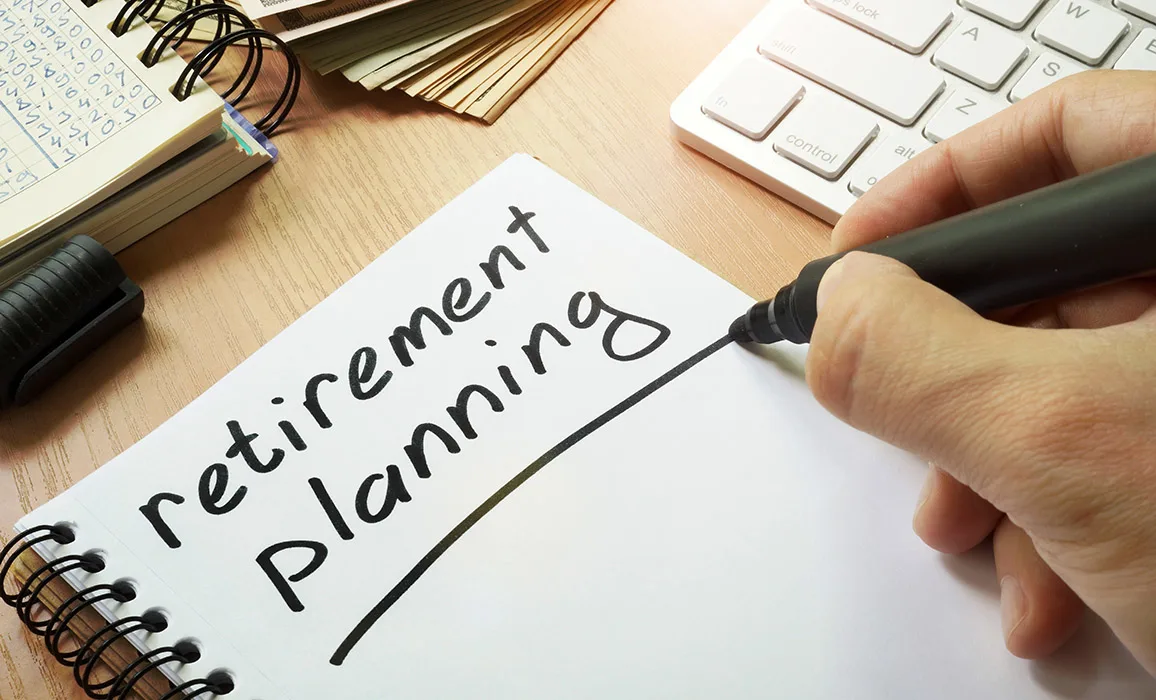
Plan for RetirementPlan for the future today.
By planning now for your retirement, you can give yourself the best opportunity of a comfortable retirement, and avoid some of the pitfalls that many retirees face.
Make a plan
This may sound simple, but many young people put off thinking about retirement because it seems too far in the future. There are pros and cons of retiring at different ages. By knowing when you want to retire, you can make financial and lifestyle choices that will help you get there.
Whether you are age 25 or age 60, it will benefit you to do some basic retirement planning. Download our Retirement Planning Checklist to help you get started.
More than 50% of baby boomers will outlive their retirement savings
One of the greatest risks in retirement planning is the danger that you may outlive your assets. This is because of several factors: inflation, increased longevity, the hyperinflation of medical expenses, and the costs of long-term care if you live into your 80’s and 90’s.
Many people greatly underestimate how much money they will need to save to maintain their current quality of life once they retire. You may want to get professional assistance from someone like a Certified Financial Planner or other financial professional to make this determination.
Diversifying your retirement savings can help mitigate the risk from market downturns and other events. Your pension and social security savings should be just two of the tools in your retirement plan. Talk to a financial professional about other ways to secure your retirement including real estate and individual retirement accounts (IRA).
What are you doing to hedge against inflation in your retirement years? Did you know that if you retire young, a large percentage of your retirement income should be deferred into a retirement plan to hedge against future inflation? If the average inflation rate remains at 3% annually, you can expect the earning power of your retirement check to decline by 30% in the first 10 years and 60% by the end of 20 years. If you retire in your 50’s, you can expect to live well into your 80’s, which would mean a decline of buying power of over 90%!
Unlike Social Security, your pension benefits from the Trust do not increase with inflation. So, you need to carefully determine how long you can financially support your desired lifestyle in retirement.
The good news about retirement is that advances in science, technology, and living standards have led to longer life expectancies. This means that you can expect to enjoy more retirement years than previous estimates indicated. This allows for more time with family and friends and time to achieve those lifelong aspirations. Staying healthy as you age can not only increase your quality of life in retirement, but also extend your retirement savings. As an active participant, be sure to take full advantage of your Welfare benefits.
Make sure you understand the health care benefits currently offered by your and your spouse’s plans. Be aware that benefits under retiree health plans are not vested, and could, under certain circumstances be reduced, changed or even eliminated. The years just prior to Medicare eligibility (age 65) are generally the most expensive for private health insurance. Visit the Retiree Rules page to learn more about what benefits are offered by the Welfare Trust after you retire.
You should remember to include your family in your planning. It is important that they know your wishes, especially in regard to topics such as long-term care. They will also be a great resource for further information and, more important, of support.
